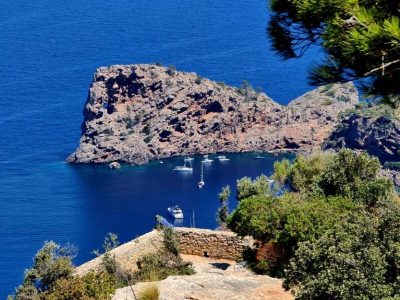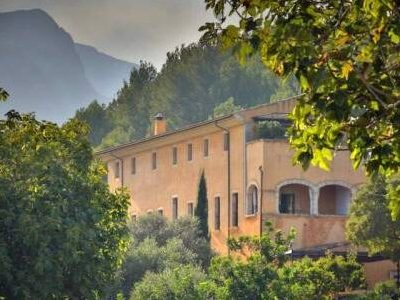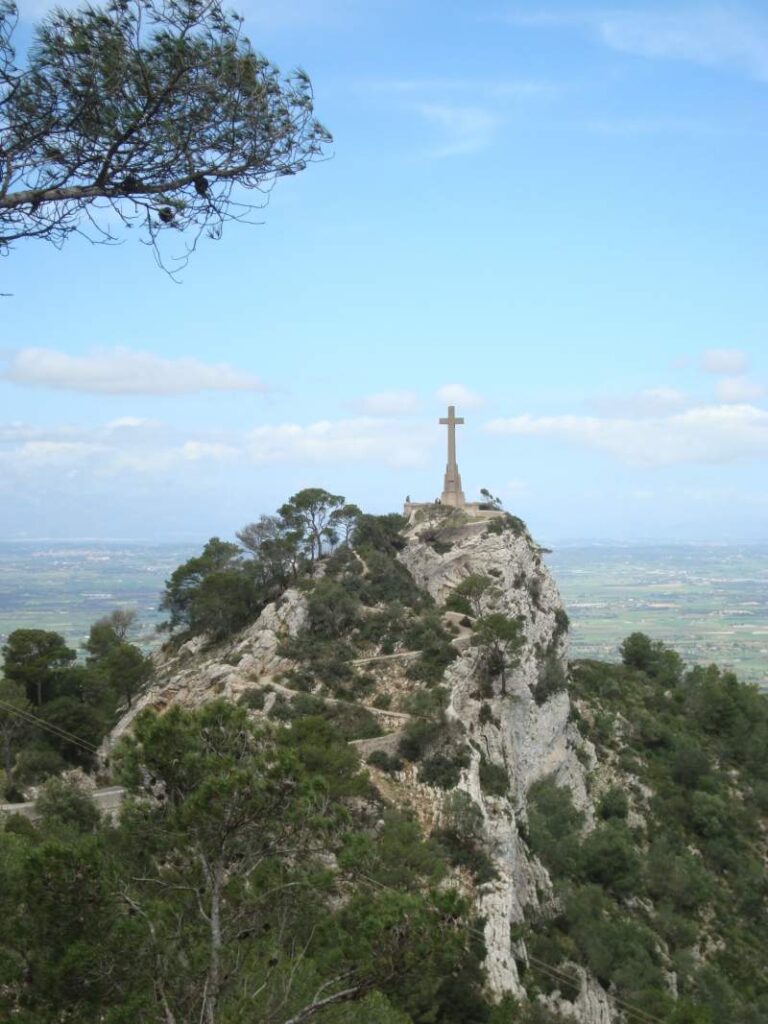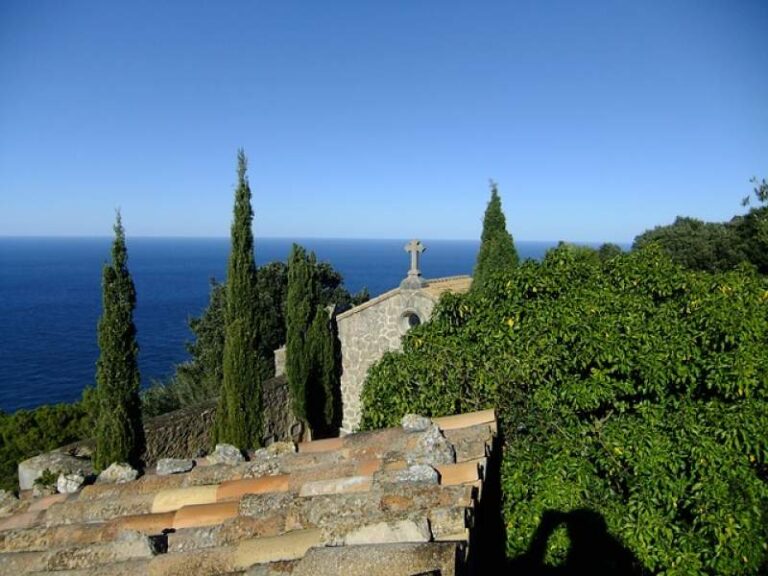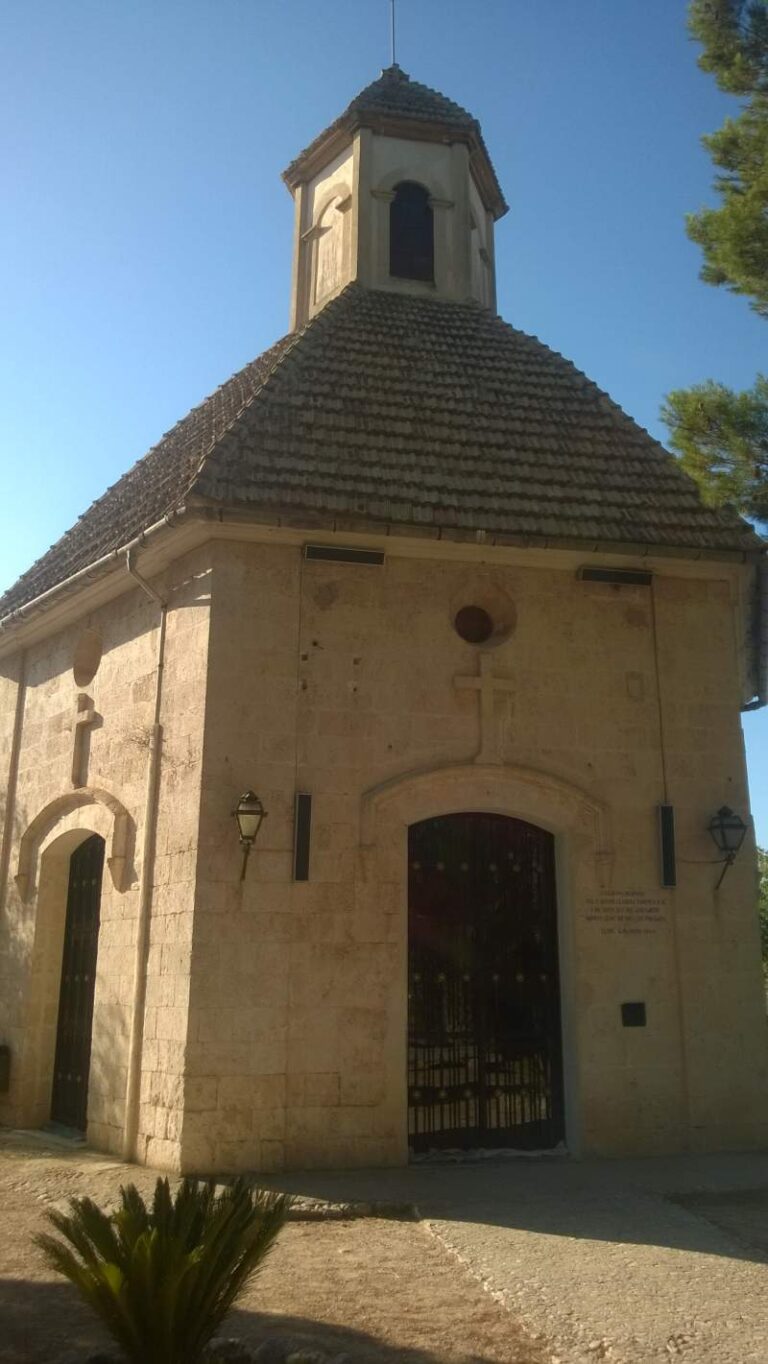All your holiday planning needs in one place, letting you book direct and benefit from official online rates
- Places To Go
- Things To Do
What’s Your Interest?
Traveling with kids
- Blog
Oratori de Sant Jordi
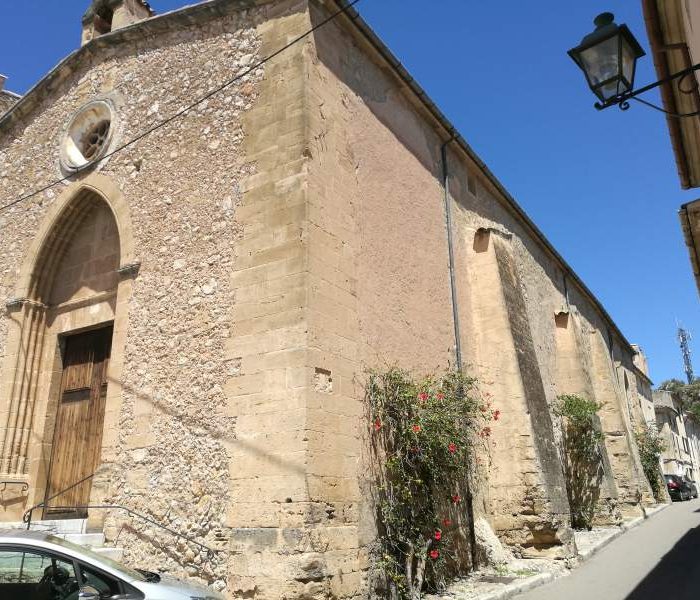
FEATURED EXPERIENCE

Dolphin Watching & Sunrise Coast Cruise with Guide from Alcúdia
From: €65
- Lowest Online Rates
The medieval oratory that served as barracks during times of war in Pollenca
Oratori de Sant Jodi in Pollenca’s old town was built by the townspeople as a place for the militia to gather and prepare for battle whenever pirates attacked the coast. The building was dedicated to Sant Jordi (Saint George), patron saint of soldiers, cavalry, archers and chivalry. The location was determined by the ecclesiastical authorities of that time.
Oratori de Sant Jordi was constructed in the 16th century, when attacks on the island were very frequent. One of the main threats was the Ottoman fleets that also commanded corsairs of North Africa thanks to great naval commanders like Dragut and Hayreddin Barbarossa. Particularly Dragut was a threat to the pollencians, as he managed to embark his troops in the bay of Pollença on on May 31st, 1560. However, thanks to Captain Joan Mas and his troops, the corsairs were chased off. This particular battle is commemorated every year with a reenactment at the local festival called “la Patrona”.
The unstable situation led to the erection of a network of watchtowers on the coasts of Mallorca, as well as bell towers of the churches was included in the defensive system. Due to the almost constant state of emergency and alarm, the men-at-arms had to be mobilized quickly. The watchtowers on the coasts sent signals to each other using flags and smoke until the signals reached the town and the militia could be gathered in the Sant Jordi oratory. This was also why the men of Mallorca became highly skilled in the use of weapons.
In the 17th century, a Jesuit community arrived in Pollença and moved in to the Sant Jordi oratory. The Jesuits stayed here until 1703 before moving in to the College of St. Ignatius – now known as Montision – which they had built themselves.
The beautiful Baroque altarpiece that you can see at the high altar was made in 1653. Above this altarpiece is an image of the Virgin Mary, locally known as “Mar” (sea), as this image was found by accident in Cala d’Ariant in the 17th century.
The appearance of Oratori de Sant Jordi that you see today dates from the 18th century, when it was given its basilica floor plan and transept vault. The side chapel dedicated to Saint Marcial dates from 1770. In 1829, the building attached to the oratory was begun, which was to function as a hospice, but already in 1849, it became home to the Sisters of Charity.




